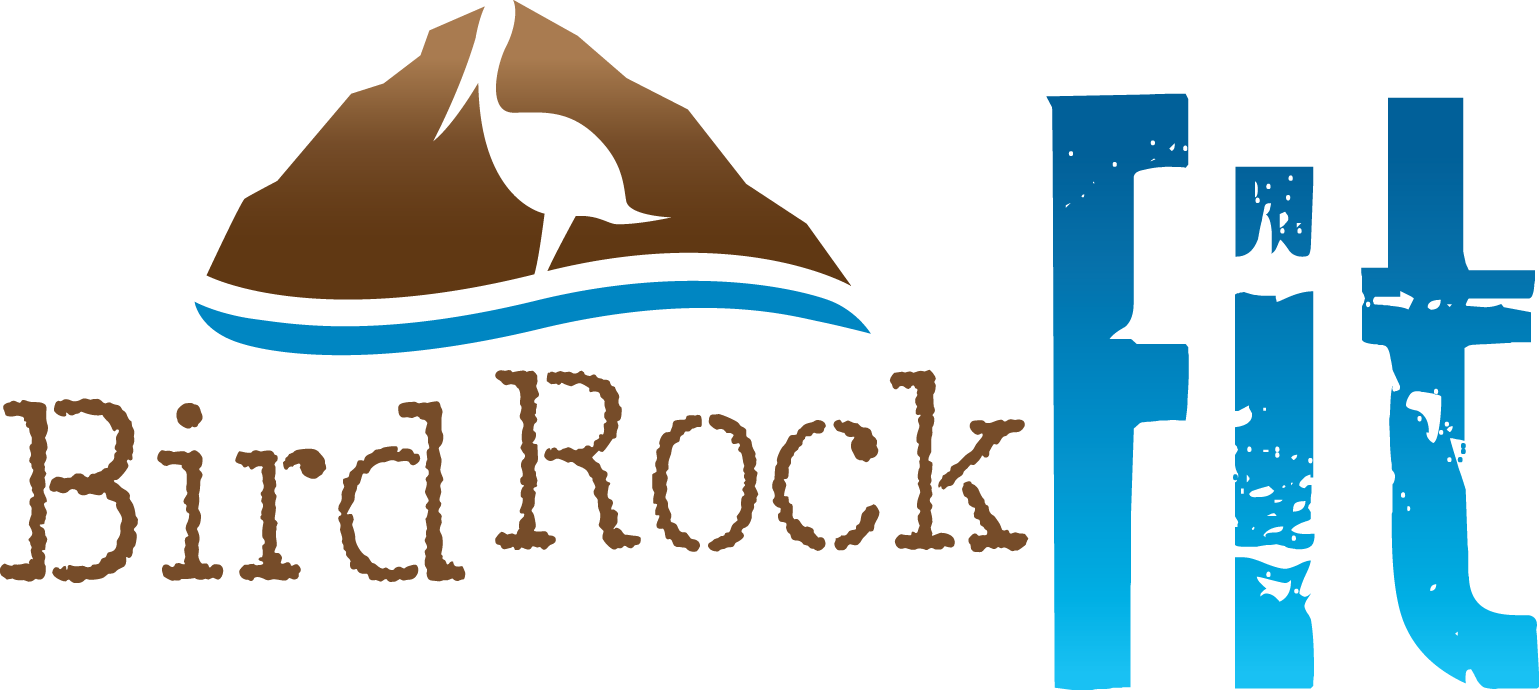Learn why protein is important for your fitness goals, how much to eat and when to eat it.
By Katelyn Castro
The New Year brings a lot of excitement for most of us to get in shape, lose weight, to exercise more and eat less. While goals are important for us to pursue certain purposes, there is a lot more that goes into this great resolve to “change.” I applaud anyone for wanting to better him or herself, and I hope it starts from the inside. Literally.
The Power of Protein
How we fuel our bodies is a game-changer in any health and fitness routine. And protein is a key part of that routine. Protein is important for muscle recovery and protein synthesis, and it offers energy, satiety, transports messengers to metabolically balance our bodies, and potentially improves glucose metabolism and insulin sensitivity. [1] In addition to the benefits protein offers internally, it is essential for fat loss and continued weight maintenance once you have reached your ideal (see also: reasonable) weight.
How Much Protein Do You Need?
The debate on how much protein is needed goes on. Currently, the RDA (Recommended Dietary Allowance) is 0.8 grams per kilogram of bodyweight daily. We can determine our weight in kg by dividing our body weight by 2.2 kg. Research suggests that this allowance helps to prevent a deficiency, but it doesn’t necessarily reap this macronutrient’s full benefits. Intake between 1.0-1.5 g/kg has been stated to improvements in the regulation muscle mass, body composition, and function in all adults. [2] Therefore, a 150-pound person should aim to consume anywhere between 68 and 100 g of high-quality protein daily (150 lbs / 2.2 kg = 68.2 kg; 68.2 kg x 1.2 g = ~82 g of daily protein). Keep in mind that consumption can go further than 1.5 g/kg, but intakes greater than 2.5 g/kg do not show any clear benefits to body composition or performance. [3] As a rule of thumb, try to consume 30-40% of your calories as protein sources.
Now that you understand how much protein you need, let’s talk about timing.
When to Eat Protein
Distribution of protein, in terms of when to eat it, is just as important as the amount consumed. One study looked at the distribution pattern of protein intake and how it affected muscle protein synthesis. Two different patterns were used called “EVEN” and “SKEW.” The EVEN pattern distributed ~30 g of high-quality protein at each breakfast, lunch, and dinner meals. SKEW started with a high-carbohydrate and low-protein breakfast with protein increases at the following meals. For example, 10 g of protein at breakfast, 16 g of protein at lunch, and 65 g of protein at dinner. The findings concluded that the EVEN pattern provided a 25% overall increase in muscle protein synthesis versus the SKEW pattern. [2] This indicates that consuming the same amount of high-quality protein three times a day is an effective means of synthesis, recovery, and sustainability of lean body mass. [2, 3]
Protein Sources
Protein-rich foods include lean meat like chicken, beef, pork, and fish. Tempeh and tofu are great alternatives for those who prefer plant-based diets. Legumes such as beans, peas, lentils, and peanuts offer quality protein as well. In terms of supplemental protein, not all are created equal. Sources include whey, soy, pea, seed, egg, and the list goes on for available protein powders. There are isolates and concentrates, too. Which do you choose? Isolates have better absorption than concentrates and tend to be more pure and contain about 90% protein. My preference is to find a powder that is certified through a third-party. Check out nsfsport.com, uspverified.org, or informed-choice.org to research your options and find retailers that carry your preferred supplement.
The bottom line?
Remember, to achieve you health and fitness goals, we need to work on the inside as well as the outside. Aim to reach a daily protein intake that is optimal for your goals. The distribution of your daily amount should also be split evenly throughout the day to reap the most benefit. Keep at your health goals, whether it is a resolution or a consistent challenge. The small daily successes will push you forward leaps before you know it.
Katelyn is a Metabolic Effect Nutrition Consultant and Dietetics student at Kansas State University. For more nutritional information or to contact Katelyn, she can be reached at katelyn@birdrockfit.com.
1) Te Morenga, Lisa, and Jim Mann. Result Filters. National Center for Biotechnology Information. U.S. National Library of Medicine, 6 Oct. 2011. Web. 12 Jan. 2015.
2) Mamerow, Madonna M., Joni A. Mettler, Kirk L. English, Shanon L. Casperson, Emily Arentson-Lantz, Melinda Sheffield-Moore, Donald K. Layman, and Douglas Paddon-Jones. Dietary Protein Distribution Positively Influences 24-h Muscle Protein Synthesis in Healthy Adults. The Journal of Nutrition. American Society for Nutrition, 29 Jan. 2014. Web. 12 Jan. 2015.
3) Phillips, Stuart M. Result Filters. National Center for Biotechnology Information. U.S. National Library of Medicine, Nov. 2014. Web. 12 Jan. 2015.
